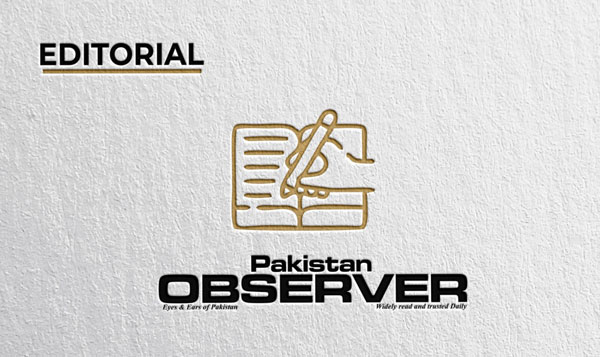The fight against Poliovirus is far from over. Wild Poliovirus type 1 (WPV1) was detected in environmental samples collected from eight districts — seven already affected and one previously uninfected — bringing total number of infected districts in the country to 83 this year alone. Additionally, four more cases were confirmed, pushing the total number of reported cases this year to 63. These numbers, alarming as they are, reveal dangerous spread of the virus and raise serious concerns about effectiveness of current anti-polio measures.
While efforts to eradicate polio have been ongoing, with numerous vaccination campaigns launched every year to immunise children under five, the disease’s continued persistence shows that these measures are not enough. We had come closer to eradication but 2024’s resurgence is a strong reminder that complacency is the enemy.
It is clear that current strategy needs to be re-evaluated. The fight against polio is not only the responsibility of government or health agencies it requires a united effort from every segment of society. Parents, community leaders and even local influencers have crucial roles to play in ensuring that no child under five is left unvaccinated. Distrust of the vaccine and misinformation often contribute to missed opportunities, leading to pockets of unvaccinated children and continued transmission.
A multi-pronged approach is necessary to tackle these issues head-on, with greater emphasis on public awareness, community involvement and addressing logistical barriers that hinder the reach of vaccination drives.
Effective monitoring and tracking mechanisms should be put in place to identify areas with the highest risk of missing vaccinations and direct resources to those areas swiftly. Polio eradication is an achievable goal, but it requires relentless dedication. Now is the time to review the strategies that have been in place, address gaps in the system, and work with every community to ensure that polio is completely eradicated once and for all.









